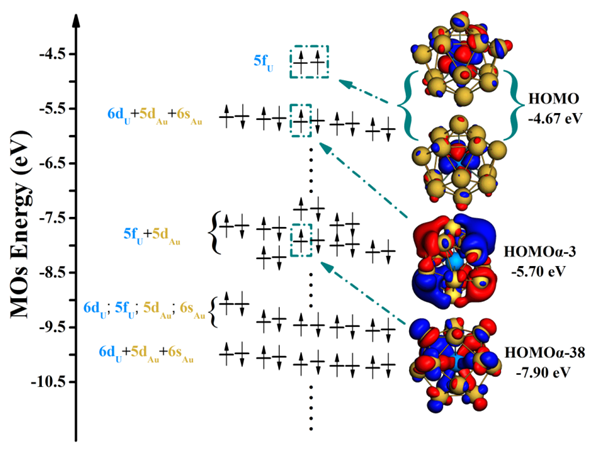

The ADF computational chemistry package has expanded beyond DFT since 2010, with a GUI to Stewart's semi-empirical MOPAC code, a density-functional based tight binding (DFTB) module, a reactive force field module ReaxFF, and an implementation of Klamt's COSMO-RS method. A periodic structure counterpart of ADF named BAND is available to study bulk crystals, polymers, and surfaces. ADF excels in spectroscopy, transition metals, and heavy elements problems.

Together with the rise in popularity of DFT over the last decade, ADF has become a popular computational chemistry software package used in the industrial and academic research. Scientific Computing & Modelling (SCM), a spin-off company from the Baerends group, coordinates the development and distribution of ADF since 1995. Nowadays many other academic groups are contributing to the software. Baerends from the Vrije Universiteit in Amsterdam, and by the group of T. ADF was first developed in the early seventies by the group of E. Amsterdam Density Functional (ADF) is a program for first-principles electronic structure calculations that makes use of density functional theory (DFT).


 0 kommentar(er)
0 kommentar(er)
